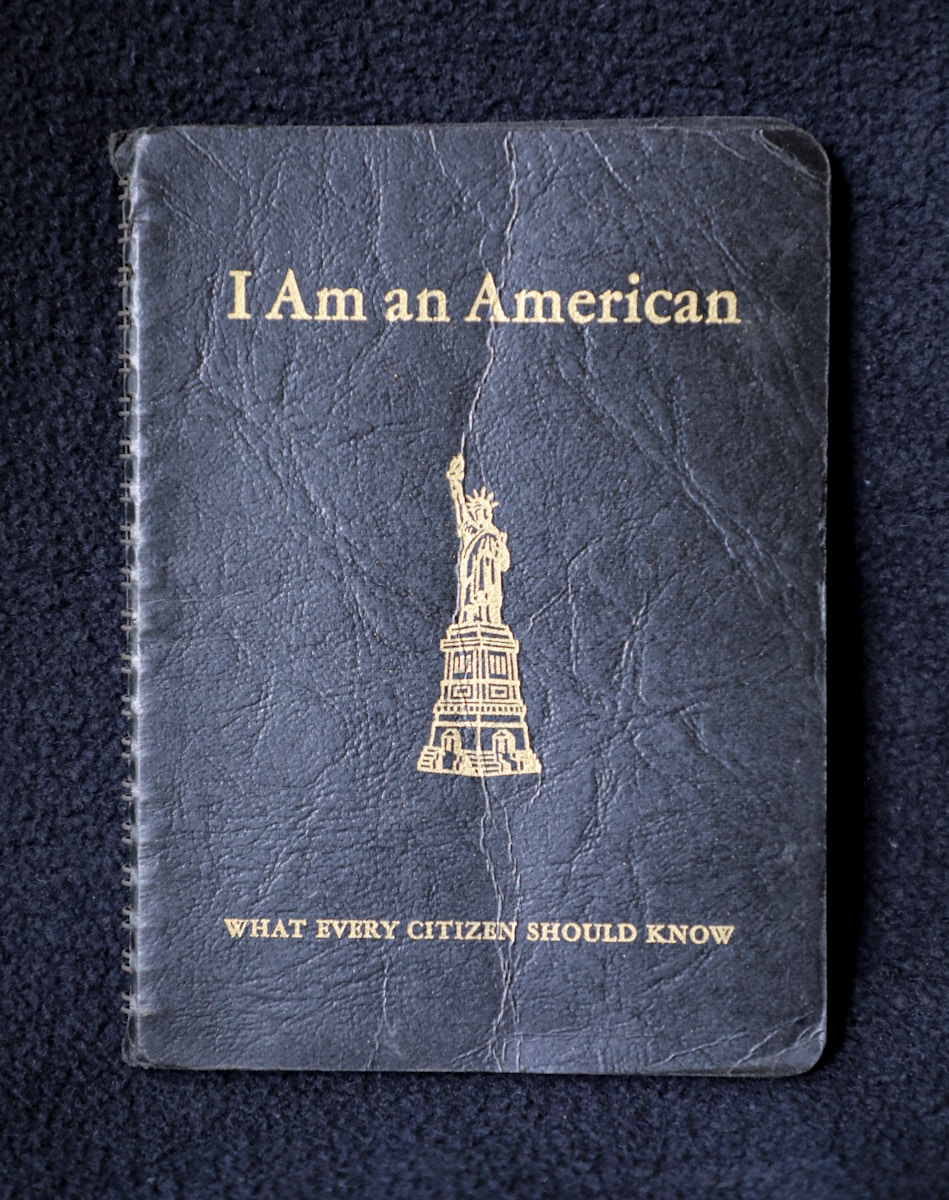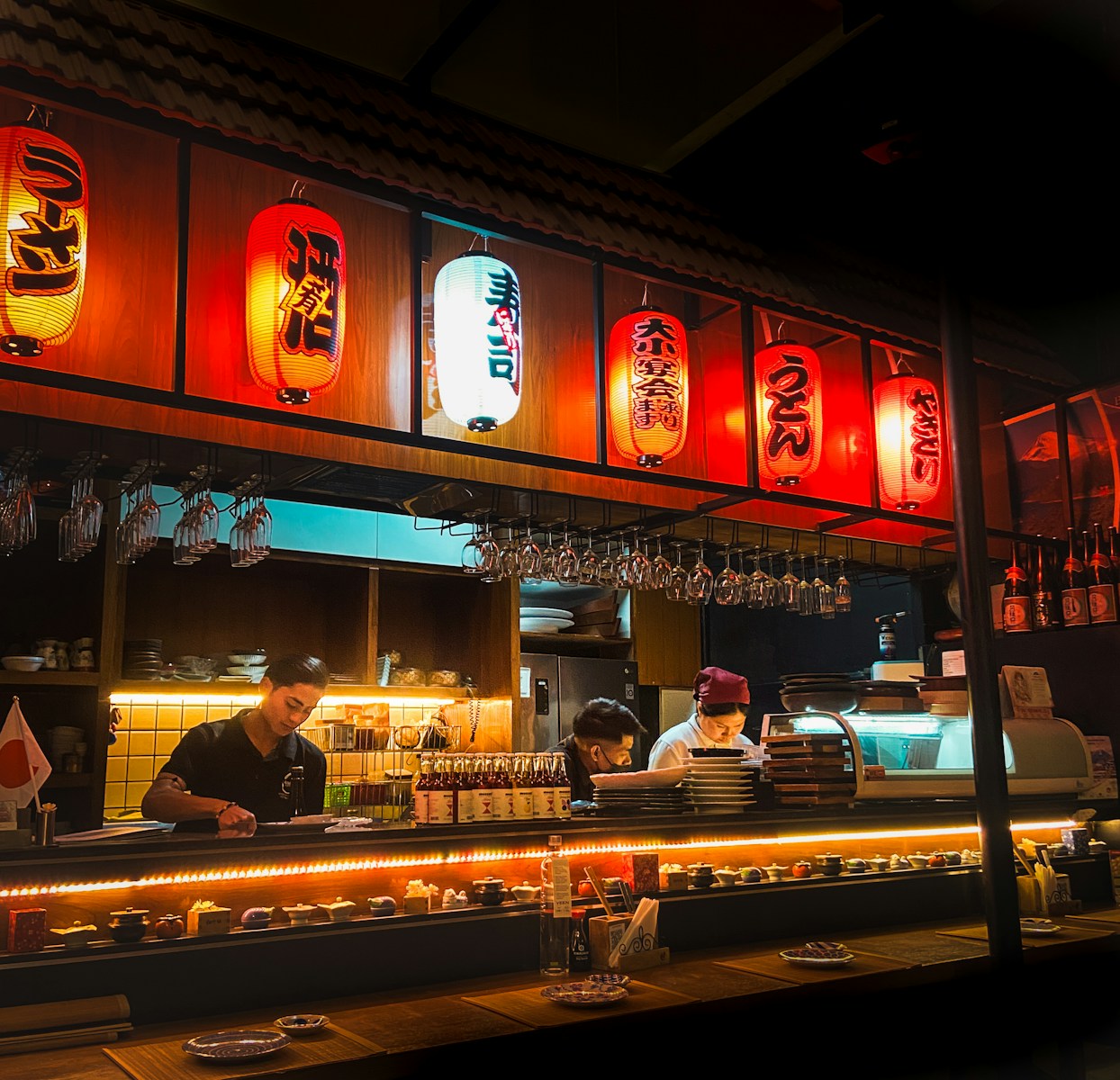Shehbaz Sharif: A Second Term as Pakistan’s Prime Minister


In the world of politics, re-election signifies the public’s trust and confidence. The recent turn of events has witnessed a similar pattern in Pakistan. Shehbaz Sharif, a stalwart of Pakistani politics, has been elected as the country’s Prime Minister for a second term. This significant event comes after a controversial election, arousing several speculations and criticisms.

A Glimpse Into His Past Term
Shehbaz Sharif, a seasoned politician with a remarkable track record, had previously served as Pakistan’s Prime Minister for 16 months. His reign ended in August last year when the parliament was dissolved to make way for a caretaker government, marking the onset of the national elections.
The Controversial Election
The recent election in Pakistan was held on February 8th. However, the process was tarnished by allegations of large-scale rigging and delayed results — casting a shadow over the electoral process’s integrity. Despite these allegations, the National Assembly, also known as the lower house of parliament, convened to elect the premier.
The Election Result
On the day of the result, the National Assembly Speaker, Ayaz Sadiq, declared, “Shehbaz Sharif has been elected as the Prime Minister of the Islamic Republic of Pakistan.” Shehbaz managed to secure 201 votes in the 336-member National Assembly, comfortably prevailing over rival Omar Ayub Khan, who won 92 votes.
The Opposition
The election saw Omar Ayub Khan backed by the Sunni Ittehad Council (SIC), a political group to which the legislators of former Prime Minister Imran Khan’s Pakistan Tehreek-e-Insaf (PTI) party belonged. The PTI was barred from contesting for allegedly violating election laws.
Sharif’s Political Lineage
It’s worth noting that Shehbaz Sharif hails from a political family with deep roots in the country’s political landscape. He is the younger brother of three-time Prime Minister Nawaz Sharif, who founded the Pakistan Muslim League-Nawaz (PMLN) party. Shehbaz is not only an integral part of this party but also its current president.
The New Alliance
As the political dynamics in Pakistan shift, the PMLN has formed an alliance with the Pakistan Peoples Party (PPP) to form the government. This coalition signifies a new era in Pakistani politics, with two major parties coming together to govern the nation.
Allegations and Protests
The PTI, despite fielding its candidates as independents after losing its election symbol, emerged as the largest group with 93 seats. However, the party alleges that its mandate was “stolen”, leading to a series of street protests against the alleged rigging.
Imran Khan’s Fate
Imran Khan, the PTI leader who was removed through a parliamentary vote of no confidence in 2022, has been incarcerated since August last year. His convictions include revealing state secrets, corruption, and an “unlawful” wedding.
The Challenges Ahead
Pakistan, a nation of 241 million people, is grappling with political instability. The country faces a declining economy and a rapidly deteriorating security situation — making Shehbaz Sharif’s second term as Prime Minister even more challenging.
Source: Al Jazeera
The Road Ahead
As Shehbaz Sharif embarks on his second term as the Prime Minister, he faces numerous challenges. From political instability and economic downturn to security issues, the road ahead is fraught with obstacles. However, the nation’s hopes hinge on his ability to steer the country towards stability and prosperity.




